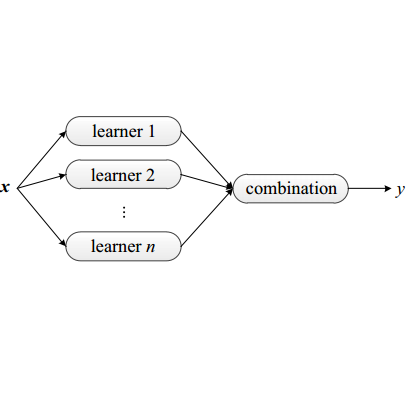Type 1 diabetes is a serious disease in which individuals are unable to regulate their blood glucose levels, leading to various medical complications. Artificial pancreas (AP) systems have been developed as a solution for type 1 diabetic patients to mimic the behavior of the pancreas and regulate blood glucose levels. However, current AP systems lack detection capabilities for exercise-induced glucose intake, which can last up to 4 to 8 hours. This incapability can lead to hypoglycemia, which if left untreated, could have serious consequences, including death. Existing exercise detection methods are either limited to single sensor data or use inaccurate models for exercise detection, making them less effective in practice. In this work, we propose an ensemble learning framework that combines a data-driven physiological model and a Siamese network to leverage multiple physiological signal streams for exercise detection with high accuracy. To evaluate the effectiveness of our proposed approach, we utilized a public dataset with 12 diabetic patients collected from an 8-week clinical trial. Our approach achieves a true positive rate for exercise detection of 86.4% and a true negative rate of 99.1%, outperforming state-of-the-art solutions.
翻译:暂无翻译



